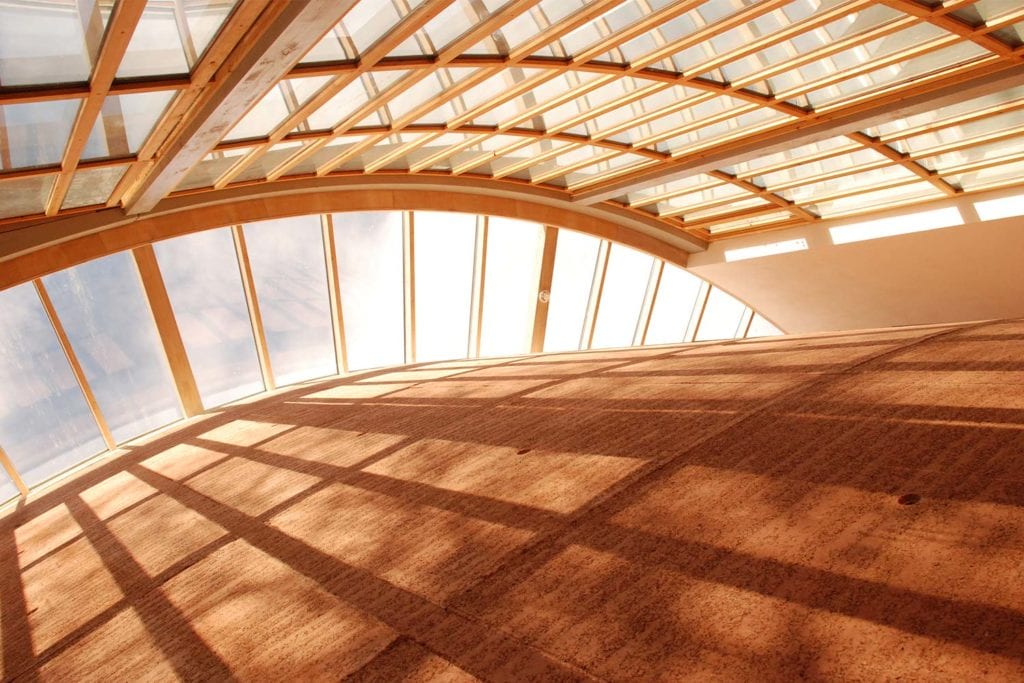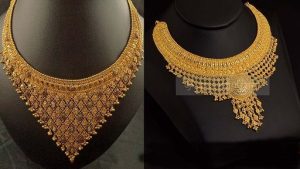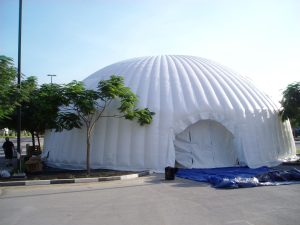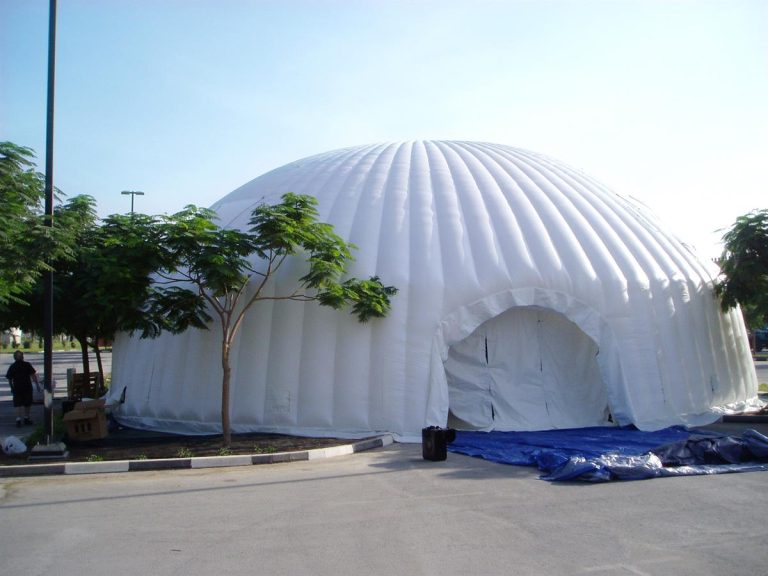The history of Timber bridge designs spans thousands of years and reflects the evolution of engineering and construction techniques across different civilizations. Timber has been a fundamental material for bridge construction due to its availability, ease of use, and relatively high strength when used appropriately. Here’s a historical perspective on Timber bridge designs:
Ancient and Medieval Periods:
- Ancient Timber Structures: The earliest Timber bridge design date back to ancient civilizations, where simple log or timber structures were used to span rivers and gorges. Ancient cultures such as the Egyptians, Greeks, and Romans employed timber for bridge construction, often combining it with stone piers or abutments for support.
- Medieval Timber Truss Bridges: During the Middle Ages, timber truss bridges emerged as a significant advancement in bridge engineering. Truss bridges used interconnected timber members arranged in triangular patterns to distribute loads efficiently. These bridges allowed for longer spans and increased load-bearing capacity compared to earlier timber structures.
Renaissance to Industrial Revolution:
- Timber Covered Bridges: In Europe and North America during the Renaissance and early modern period, covered Timber bridge designs became popular. Covered bridges provided protection from the elements, extending the lifespan of timber components. Examples of historic covered bridges can still be found in rural areas of Europe and the United States.
- Industrial Revolution Innovations: The Industrial Revolution in the 18th and 19th centuries brought advancements in timber engineering. Steam-powered sawmills enabled mass production of timber components, while iron and steel were integrated into Timber bridge designs to enhance strength and durability.
20th Century to Present:
- Decline and Revival: With the rise of steel and concrete bridges in the 20th century, Timber bridge designs gradually declined in use due to perceptions of lower durability and maintenance requirements. However, the late 20th century saw a revival of interest in Timber bridge designs, driven by advancements in engineered wood products and sustainable construction practices.
- Modern Timber Engineering: Today, Timber bridge designs benefit from modern engineering techniques and materials. Engineered wood products like glued laminated timber (glulam) and cross-laminated timber (CLT) offer superior strength, durability, and environmental sustainability. Timber bridge designs are designed using computer modeling, prefabrication, and advanced construction methods.
- Sustainable Design Trends: In recent years, Timber bridge designs have gained popularity due to their sustainability credentials. Timber is a renewable resource with a lower carbon footprint compared to steel and concrete. Governments and organizations worldwide are promoting the use of timber in bridge construction to mitigate climate change and support sustainable development.
Notable Examples:
- Pont du Gard, France: An ancient Roman aqueduct bridge built with limestone blocks and a timber-decked top tier, showcasing the use of timber in conjunction with stone construction.
- Capilano Suspension Bridge, Canada: A historic timber suspension bridge built in the late 19th century, now a popular tourist attraction demonstrating timber’s adaptability for challenging environments.
- Bridges in Japan: Traditional Japanese Timber bridge designs, such as the Kintai Bridge in Iwakuni, exemplify centuries-old craftsmanship and engineering principles still in use today.
In conclusion, the historical evolution of Timber bridge designs highlights the enduring appeal and versatility of timber as a bridge-building material. From ancient log crossings to modern engineered timber structures, Timber bridge designs continue to play a vital role in infrastructure development, blending tradition with innovation to meet the demands of sustainable engineering practices.
















+ There are no comments
Add yours